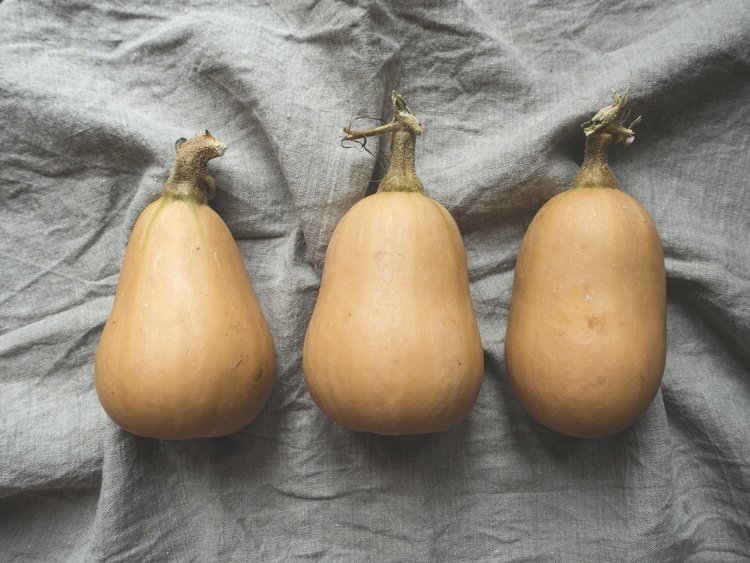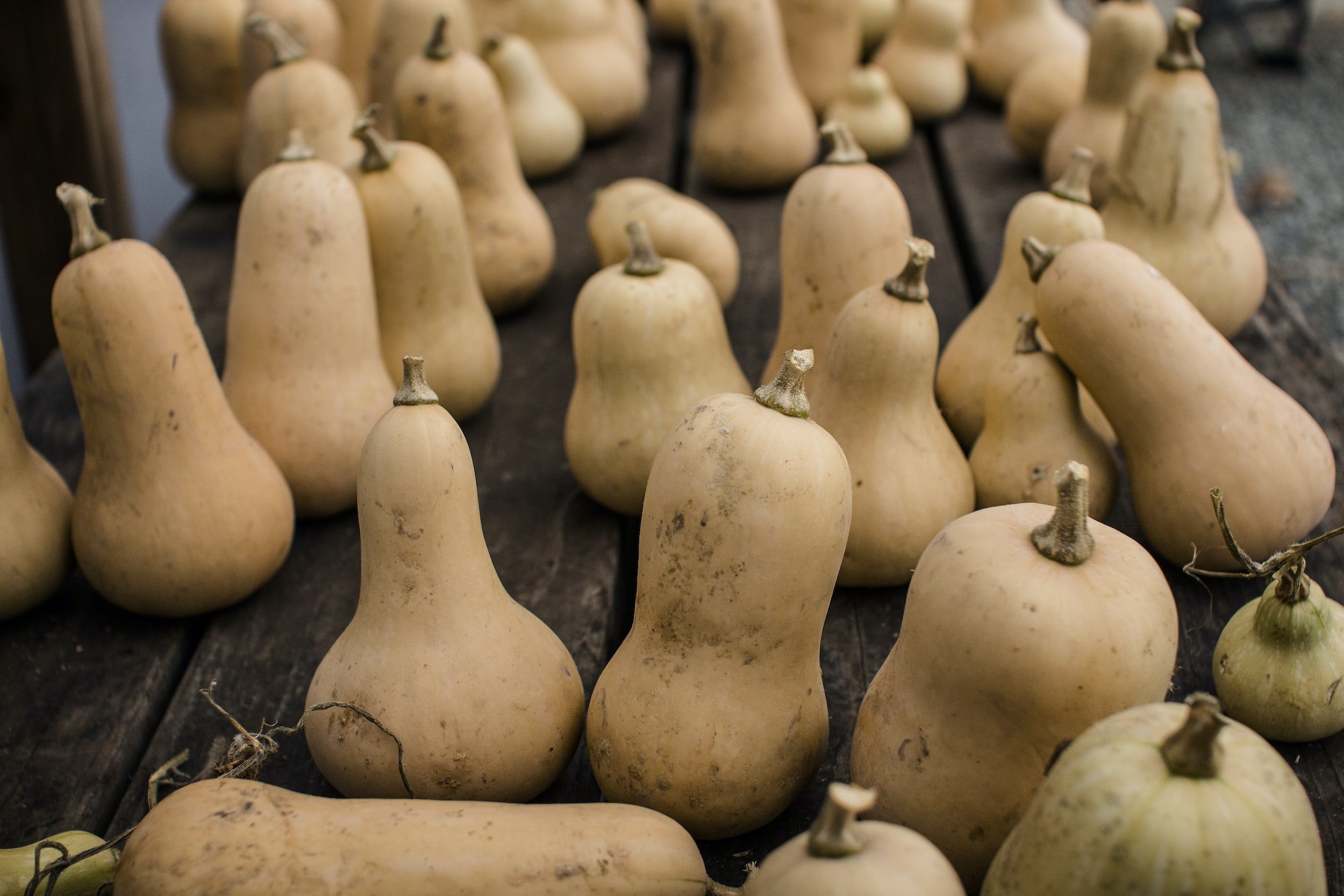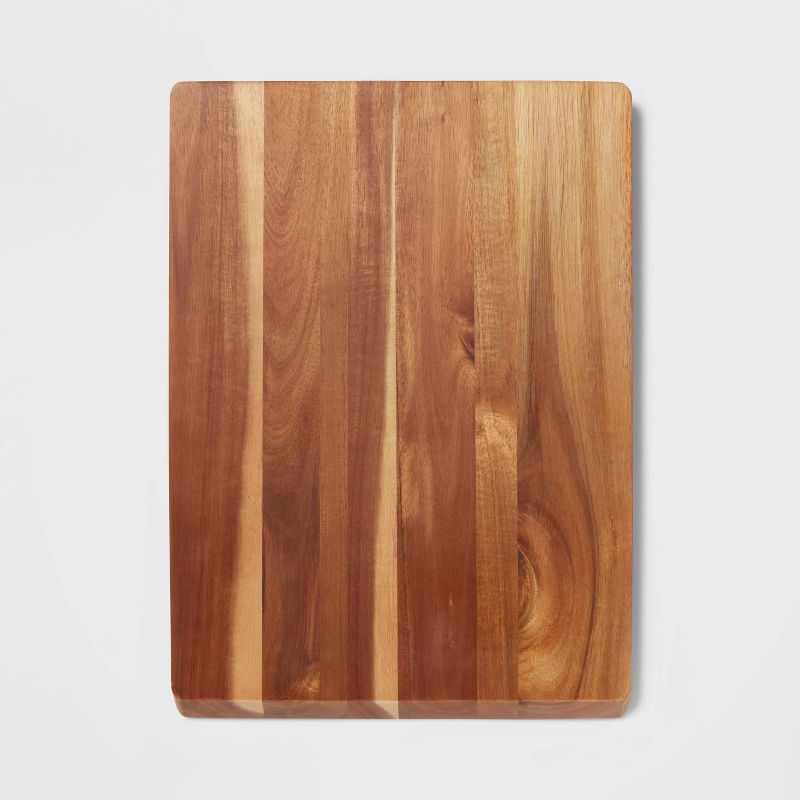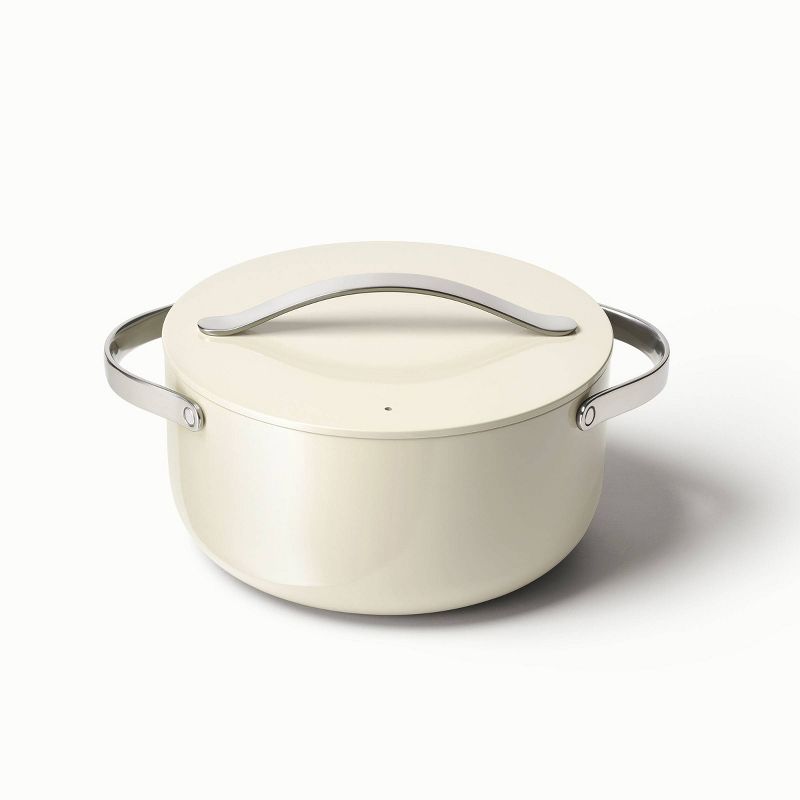BACKYARD GARDENING MADE SIMPLE
Vegan stuffed butternut squash recipe
Butternut squash is a really versatile ingredient. It can be roasted, stuffed, boiled, sautéed, mashed, or twice baked, and it’s delicious in both sweet and savory dishes. Whether you’re making pumpkin pie or beef stew, the sweet, nutty flavor of butternut is always a welcome addition.
The Cottage Peach is reader-supported. When you purchase through links on our site, we may earn an affiliate commission at no additional cost to you. All opinions are our own.
Why Eat Butternut Squash?
Many varieties of squash have been eaten for thousands of years, but butternut squash didn’t make it to grocery stores until the 1940’s. Since that time, it has become a staple of the American diet and a traditional Thanksgiving food.
Known as butternut pumpkin in Australia and New Zealand, butternut squash can be used to substitute for pumpkin when baking a pumpkin pie or pumpkin bread.
Butternut squash is a really versatile ingredient. It can be roasted, stuffed, boiled, sautéed, mashed, or twice baked, and it’s delicious in both sweet and savory dishes. Whether you’re making pumpkin pie or beef stew, the sweet, nutty flavor of butternut is always a welcome addition.
Butternut is not a stringy squash, which makes it useful for recipes that require a pureed squash, such as lasagna.
Is Butternut Squash Healthy?
Yes! Butternut squash is a low-calorie source of vitamin A, potassium, vitamin C, fiber, vitamin B-6, vitamin E, thiamin, niacin, folate, and manganese.
It aids in digestion, and is beneficial to our blood pressure, skin, and hair, among other things.
Is Butternut Squash a Vegetable?
Butternut squash is one of those fruits we call, and treat as, a vegetable. So while botanically speaking it is a fruit, in common usage it’s fine to refer to it as a vegetable.
How to Choose a Butternut Squash
The best time to buy butternut squash is from September to November, as it will be freshly harvested. If possible, visit your local farmer, but if that’s not an option for you, butternut squash is readily available in grocery stores.
Butternut squash is peanut shaped, with beige skin and an orange interior.
When choosing a butternut squash, pick one that is heavy for its size and feels firm. Be sure it has a smooth, hard skin without any bruises or blemishes. The skin should not be easy to scrape with a fingernail.
The stem of the butternut squash should be dry and tan. If it’s not, it was picked too early and the flavor will be lacking.
If you’re buying butternut squash to use in a pumpkin pie recipe, keep in mind that one pound of butternut will yield about two cups of squash.
Pre-cut butternut squash is more expensive than buying a whole, un-cut butternut, but some people don’t have time, or are intimidated by the thought of peeling and chopping the squash themselves. While butternut squash is a bit trickier to peel, solely because of its shape, it is easy to get the hang of, and there are ways to make it an easier process.
How to Peel a Butternut Squash
There are three basic ways to peel a butternut squash.
Peeling a whole butternut squash
The first way is simply to use a sharp chef’s knife or peeler to remove the skin. To do so, cut off the bottom of the squash so it can sit flatly on your cutting board.
If you think the curve in the squash is going to cause you trouble, you can cut the neck from the curve and peel them separately.
If using a knife, hold the squash against the cutting board with one hand, and with the other slide the knife from the top to the bottom. You may remove a bit of butternut meat this way, but not so much as to be a problem. And the more you practice, the less you will lose.
Using a peeler is self-explanatory, I think! You may have better luck using shorter strokes than you would for a potato.
Microwaving a whole butternut squash for peeling
Microwaving a whole butternut squash can make it easier to peel.
To microwave butternut squash, first cut off the ends of the squash, then either make slits with a knife or poke it all over with a fork. This will allow steam to escape, which is important if you don’t want a messy explosion in your microwave.
Set the microwave for 3-5 minutes.
Let the squash sit for a minute or two to cool off a bit, then pull the skin away with a knife or your hands.
Boiling a whole butternut squash for peeling
To boil a whole butternut squash for peeling, put your squash in a large pot and cover it with water. Bring the water to a boil, and let it simmer for 4-5 minutes, until you can pull the peel away from the squash.
Can You Eat Butternut Squash Skin or Seeds?
All parts of a butternut squash are edible. The seeds can be eaten raw or roasted as you would pumpkin seeds. The skin is rich in vitamins and fiber.
Butternut skin can be a bit tough depending on how you cook it. The skin of a slow-cooked squash will be soft, but on a roasted squash it can become unappetizing.
The skin of butternut squash can also be a little bitter, but if prepared well, by slow-cooking and seasoning it, it will taste very similar to the squash itself.
If you peel your butternut squash, you can bake the peelings with olive oil and seasonings for a butternut chip.
How to Cut a Butternut Squash
Once you have peeled your squash, place the cut, bottom edge on your cutting board and slice the squash in half lengthwise.
Use a metal spoon to scrape the seeds and any strings from the center of the squash.
You can then chop it to your desired size. Larger pieces will take longer to cook, of course. The important thing is that the pieces are consistent in size, so they will cook evenly.
How to Roast Butternut Squash
Roasting butternut squash will give it a much richer flavor than boiling it would.
To roast a butternut squash, you do not need to peel it. Simply cut it in half lengthwise, remove the seeds, and place the two halves of the squash on a cookie sheet.
If you want to add flavorings (brown sugar, butter, and a bit of vanilla is a favorite around here) put the squash cut-side up and fill the cup where the seeds were.
If you are roasting your butternut to puree or for the baked stuffed squash recipe below, place the cut sides down.
How to Store Butternut Squash
Butternut squash is harvested in the fall, but you can keep it throughout the winter very simply, or prep it to use in a few days' time.
Storing uncooked, peeled butternut squash:
If you’d like to prep your squash a few days before cooking with it, it will keep for 5 days in an airtight container in the refrigerator.
Storing whole butternut squash in a cool, dark spot:
The skin on butternut squash is fairly thick, which allows us to store it without refrigeration. Butternut squash stores best in a dark, dry place that’s about 50 degrees.
It can keep for months. To prolong that period, do not store them with any other fruits, as some fruits emit ethylene gas, which can cause rot.
Check your squash periodically to be sure no bruises or blemishes have appeared, and that the squash is still firm.
Freezing butternut squash:
Butternut squash can be frozen raw or cooked.
Freezing raw butternut squash:
While you can freeze it whole, it will be much easier to use with a bit of preparation before freezing.
Peel your butternut squash and remove the seeds. You can freeze the peeled halves, or chop your butternut into cubes. If you cut it into cubes, lay them on a cookie sheet in the freezer for 2 hours, then transfer to a freezer-safe, airtight container.
Freezing cooked butternut squash:
The best way to freeze cooked squash is to puree it first. Put your cooled puree in a freezer-safe, airtight container. Let the squash thaw in the refrigerator before using it.
Recipe: Vegetarian Baked Stuffed Squash

Vegan Stuffed Butternut Squash
Ingredients
- 1 cup cooked quinoa
- 1 Tbsp olive oil
- 1 package Beyond Beef
- 1 Tbsp soy sauce
- 2 cloves garlic, minced
- ⅓ cup cup sun dried tomatoes
- 2 cups loosely packed chopped swiss chard
- 1/2 cup roughly chopped pumpkin seeds (optional)
- 1 large butternut squash, halved lengthwise, seeds removed
- 1 Tbsp olive oil
- 2 Tbsp maple syrup
- 1/4 tsp ground cinnamon (optional)
- 1 healthy pinch sea salt
Instructions
- Preheat oven to 400F degrees
- Line your dutch oven with parchment paper
- Cut your butternut squash in half lengthwise.
- Remove the seeds with a sharp edged spoon or melon baller. Brush the squash with olive oil, maple syrup, cinnamon (optional), and salt. Place cut-side down in your Dutch oven.
- Bake squash for 15 minutes, then flip the squash over to cut-side up. Bake for another 30-45 minutes (sometimes more depending on the size of your squash), or until a knife easily pierces the thickest part of the squash.
- Sauté your cooked quinoa over medium heat to crisp and brown. Add half of the soy sauce. Remove from the skillet and set aside.
- To the still hot skillet add the beyond beef and the other half of the soy sauce. Sauté for 8-10 minutes, or until browned. Then add garlic, sun dried tomatoes, swiss chard and pumpkin seeds(optional) and sauté for another 1-2 minutes or until chard is just wilted. Add quinoa back to the pan and toss to coat. Set aside.
- Once your squash is roasted, place cut-side up in the Dutch oven and fill to the brim with quinoa filling. Then place back in the oven to roast for another 5 minutes.
- Top with optional chives/green onion and balsamic glaze.
- Store leftovers covered in the fridge for 4-5 days. Reheat in a 350F oven until hot.
Nutrition Facts
Calories
306.52Fat
12.39Sat. Fat
1.86Carbs
46.03Fiber
7.09Net carbs
38.95Sugar
14.37Protein
8.56Sodium
312.29Cholesterol
0.18










